They were the participants of the 3rd CHINA-ASEAN International Touting Assembly (CAITA). The event was organised by the state government of Guangxi Province with support from General Administration of Sport of China - China ’s equivalent of our MCYS and Federation of Automobile Sports, China . This was one of the main events leading to the annual China-ASEAN Summit that was held in Nanning City , China .
The primary objective of CAITA was to promote the overland connectivity between China and ASEAN countries. Participation is through invitation by the Organising Committee. This is usually extended to the governing bodies of motorsports of the various countries. (Official Website of CAITA: http://carally.org/)

On its return journey to Nanning City , the entourage was joined by 4 additional vehicles (2 Singapore registered; and 2 Malaysia registered), leaving Singapore on 2nd October 2009. The Singapore team consisted of 6 members from Singapore Motor Sports Association (SMSA). Seen in this picture is Mr Tan Teng Lip (President, SMSA) who flew to Hanoi to join the team for the Vietnam / China crossing and the event’s Closing Ceremony.
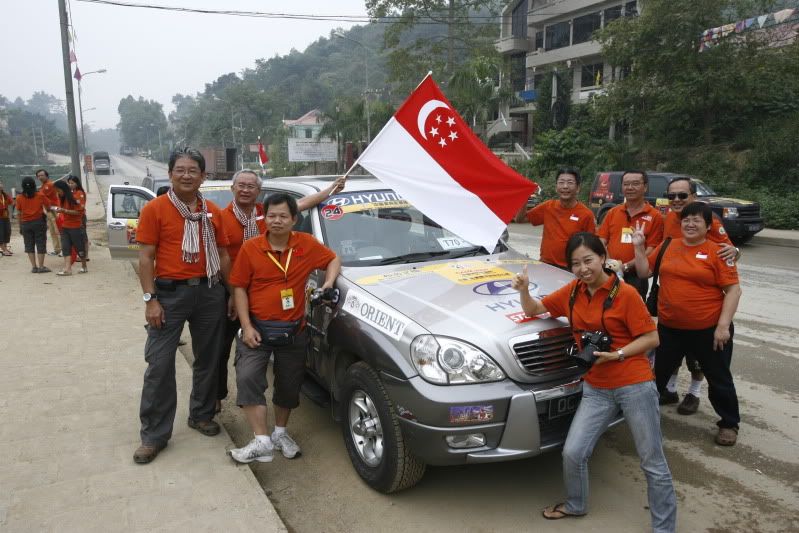
Here’s an insight of the typical daily itinerary for participants of CAITA. Every morning, the wake-up call is usually set at 6 am. Participants have to take their breakfast, check-out of hotel and standby in their respective vehicle by 7 am. They are required to transverse from one city to another, averaging 550km, within a given day. The motorcade is divided into 5 individual groups. Each group is usually made up of 5 vehicles (4 SUV’s and 1 mini coach), carrying up to 30 participants.
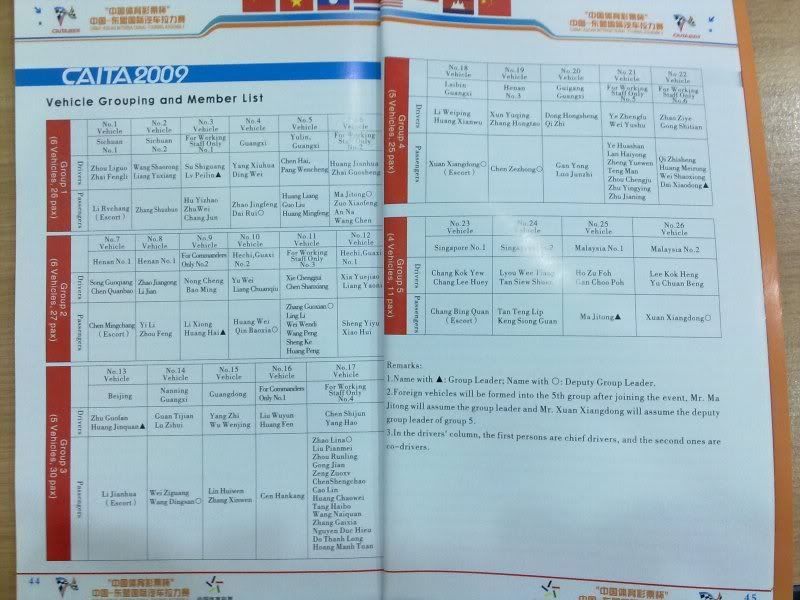
Along the route, the control and communication was more effective within smaller groups. Besides, each leader of individual group had the liberty to decide location and time for rest stops and was responsible for payment at every refueling site.
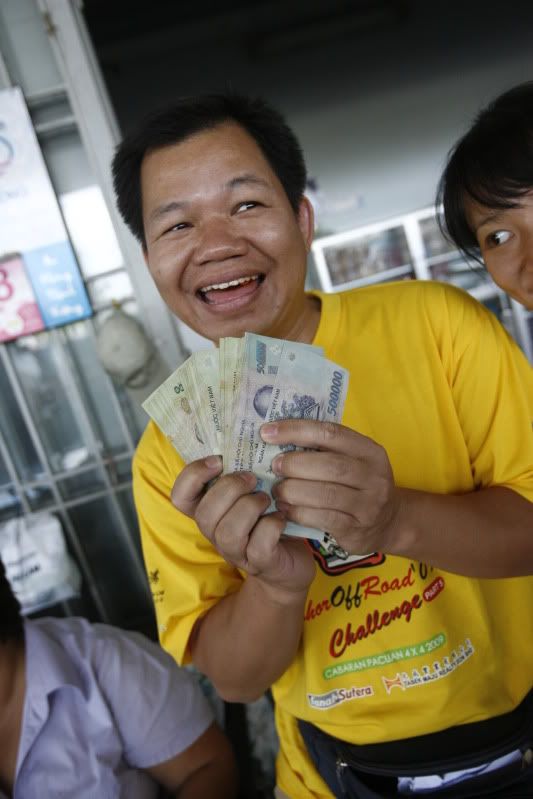
Such an arrangement prevented all 26 vehicles jamming the same pump or, worse still, every participant rushing for the same toilet. However, all groups had to consume lunch and dinner at pre-determined venues. Thereby, late arrival of any group would render its members eating a ‘cold’ meal. By the same token, any group arriving late at each day’s end destination would ‘dock’ the rest or leisure time of its respective members. In addition to the time factor, the road behavior of each group was being observed and taken into account for tabulation of final results. Above all, this rule was clearly spelled in the Work Manual - “Vehicle groups shall be totally disciplined and obeying the unified commands from the headquarters. No unauthorized individual action is allowed under any circumstances.”

On the softer side of the event, there were opportunities to 'sneak' out and shop for unusual stuff,….
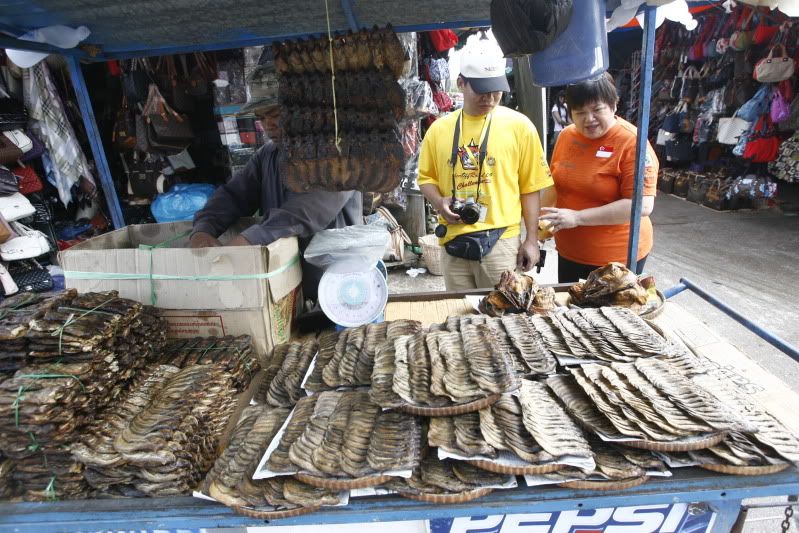
…chat with fellow participants over cold beer; and…..
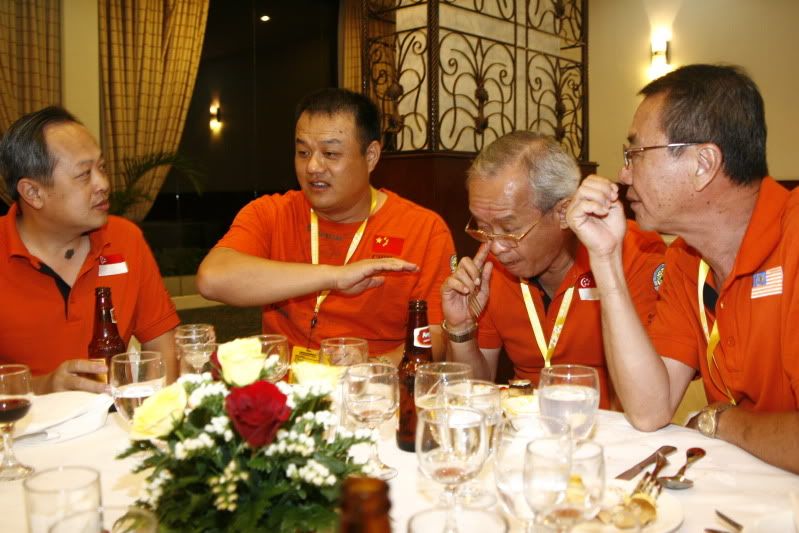
..strengthen bi-lateral relationships.
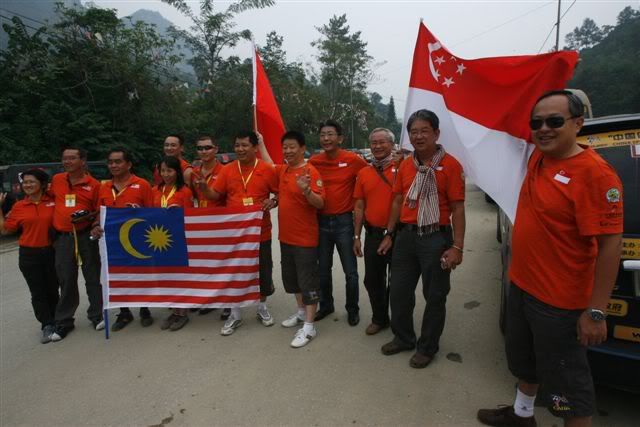
The Guangxi Government has taken great pride in sponsoring and organising this “largest, broadest and longest automobile assembly race in Asia ”. Also dubbed as the harmonious modern “ Silk Road ”, it has exceeded all pre-the event expectations.